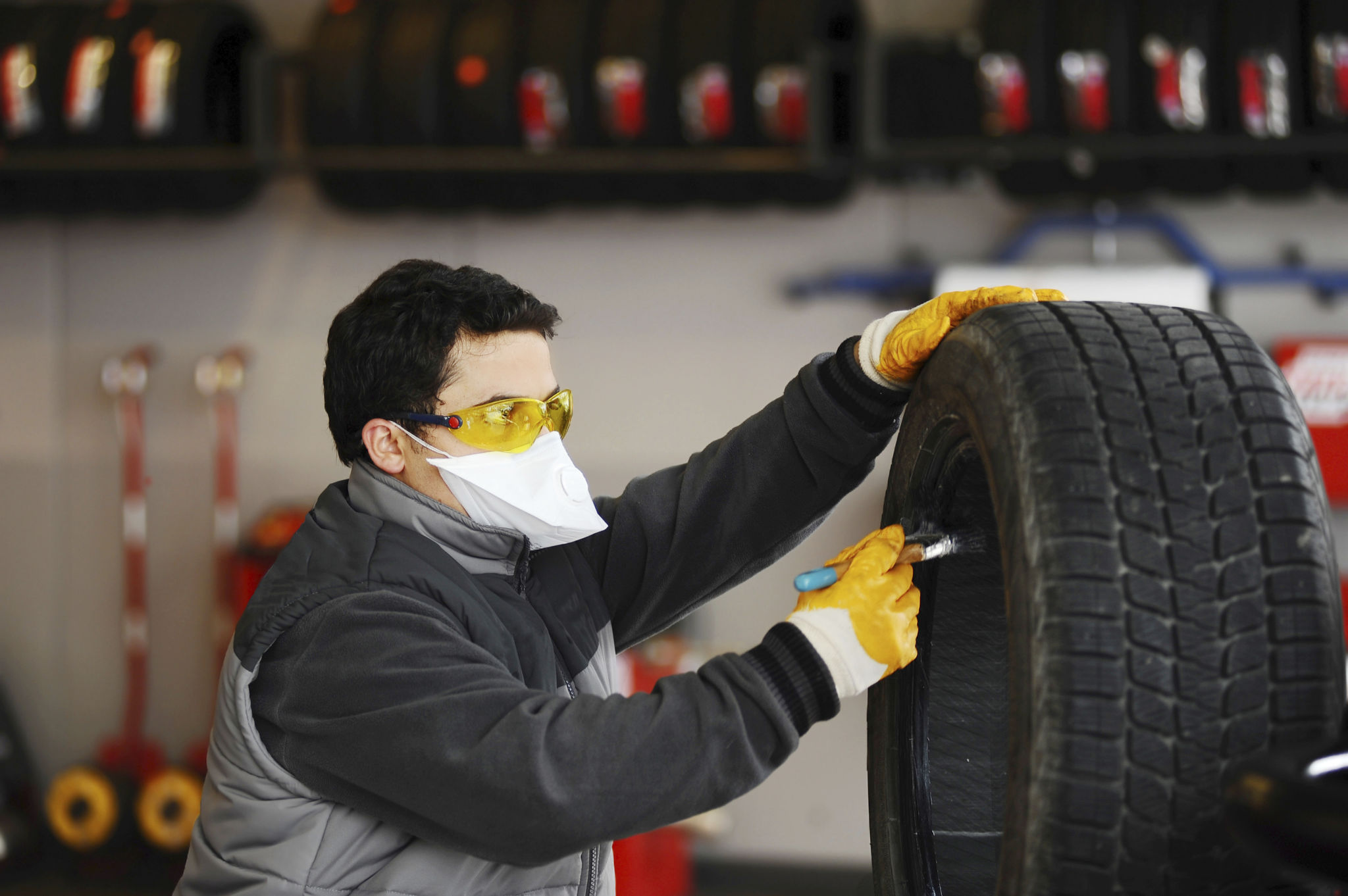Your vehicle must be capable of moving, braking, and manoeuvring without sliding. Your vehicle’s tyres provide these duties. The architecture and design of the tyre influence how it performs on harsh, deformed, dry, and wet surfaces. In addition to gravity and aerodynamic forces, the tyres produce a variety of additional significant forces that impact the motion of your vehicle.
Tyres are one of the most important, but underrated, components of a modern vehicle. Tyres are the vehicle’s principal point of contact with the road, and many people are unaware that tyres require frequent maintenance in order to work optimally.
Buy Rovelo Tyres for maximum road performance.
Tyre tread
Inadequate tyre tread may result in hazardous driving conditions. If the tyres are unable to grip the ground, the driver may lose control of his or her vehicle. The tread depth of the tyres is critical when the roads are wet. When water gets between the road and the tyres, the tread needs to be able to break through it and maintain as much grip as possible with the highways. The shallower the tyre tread is when driving in the rain, the easier it is to lose grip. In these cases, slowing down assists you to maintain traction.
Several nations have established a 1.6mm minimum tread depth standard, mandating drivers to replace their tyres when they reach that depth. To determine the depth of the tread, use the tyre tread depth gauges located in the tread grooves. These wear bars, also known as indicators, may be seen on every light truck, passenger car, and medium truck tyre. Tread depth indicators are available, so you can tell if you’ve reached 1.6 mm in the groove without needing to use an instrument. Replace the tyre if the tread ribs are flush with the indication bars.
Tyre pressure
According to experts, checking your tyre pressure is a crucial part of keeping your car safe on the road. This plain and simple component of car maintenance is not difficult, and it has the potential to save you both money and time in the long run. Maintaining proper tyre pressure not only provides maximum contact with the road, but also improves fuel efficiency and reduces road noise. All cars have a tyre placard affixed on the inner door wall or even the interior of the fuel flaps.
As technology has advanced and cars have become better at reporting issues, a huge percentage of vehicles on UK roads now have tyre pressure monitoring systems or TPMS for short. These handy electronic devices check your tyre pressure for you and provide you with an alert if it slips dangerously low.
Wheel alignment, balancing, rotation
The word “wheel alignment” refers to the process of ensuring that all of the wheels of a vehicle are having the proper alignment. These settings are often done during the course of a vehicle’s operation to ensure proper alignment. Correct wheel alignment has a significant impact on your vehicle’s mobility. It is the process of ensuring that the geometrical angles of Camber, Caster, and Toe are correct in a tyre. Don’t worry if you’re unfamiliar with these angles; simply make sure you get your tyres aligned on a regular basis.
When we mention tyre rotation, we don’t mean literally mounting your car and rotating the tyres. Tyre rotation is the process of rotating the front and rear tyres to equalise wear. The load on the front and rear axles changed depending on the design, resulting in uneven weight distribution on the wheels. Depending on the car’s specs, manufacturers recommend a tyre rotation every 8,000 kilometres. The kind of drive-train, i.e. front wheel/rear-wheel/four-wheel governs a basic guideline of tyre rotation.
When a wheel rotates, the load along its spinning axis must be properly balanced. Otherwise, the wheel may wobble and generate undesired vibrations. To avoid any uneven weights, wheel balancing is essential. It is a technique for balancing the combined weights of a tyre and wheel system. This ensures that it spins freely at high speeds. The goal is for the weight to be distributed equally across the axle. Weight imbalances may cause the wheel to bounce or wobble as it spins, resulting in ride abnormalities such as lateral and vertical vibrations.
Search car tyres near me and get new sets of tyres for your car.




